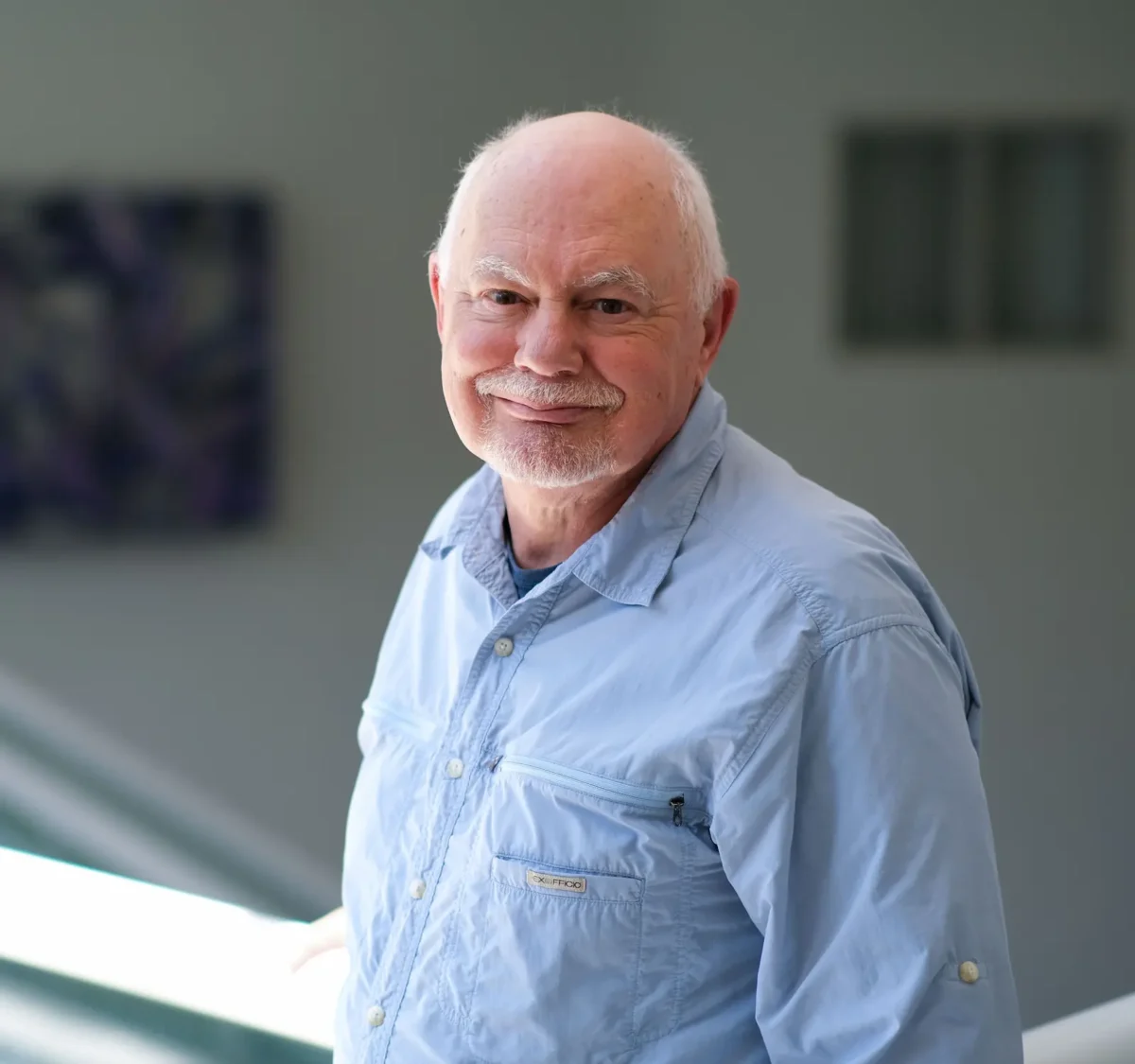Related Disease
Cancer, Inflammatory/Autoimmune Disease, Neurodegenerative and Neuromuscular Diseases, Pancreatic Cancer, Skin Cancer and Melanoma, Structural Biology
Phenomena or Processes
Apoptosis and Cell Death, Caspase Family, Cytokines, Inflammation, Protein Structure-Function Relationships, Proteolytic Pathways, Ubiquitin, Ubiquitin Protease System and Ubiquitin-like Proteins
Research Models
Bacteria, Human Cell Lines, Mouse, Mouse Cell Lines, Primary Human Cells
Techniques and Technologies
Biochemistry, Cellular and Molecular Imaging, Chemical Biology, Fluorescence Microscopy, Mass Spectrometry, Protein Engineering, Protein Structure Prediction, Protein-Protein Interactions, Proteomics
The human body contains cells with different life expectancies. Some (white blood cells or skin, for example) are programmed to rapidly die and be replaced. Others (such as nerve cells) are programmed to survive the lifetime of the individual and are seldom replaced. Dr. Salvesen’s research focuses on the central role enzyme pathways play in the life and death of cells. When death pathways slow down in cells that are normally programmed to die, cancer results. Conversely, when death pathways become overactive in cells that are programmed to survive, degenerative disease occurs. Dr. Salvesen’s laboratory focuses on understanding the fundamental molecular interactions that occur within these enzyme pathways. This knowledge is used to engineer synthetic compounds to stimulate cell destruction in cancer cells, or delay cell destruction in neurodegenerative diseases and stroke.
Guy Salvesen’s Research Report
Structure and Function of Proteases and Their Natural Inhibitors
Our research seeks to delineate the structure –> activity –> function algorithm as it applies to proteases and their inhibitors. Our laboratory has very broad interests in principles of proteolysis in humans, and we take multi-pronged approaches to research on proteases and their inhibitors.
Apoptosis
In one approach we apply basic biochemical knowledge to investigate newly emerging principles of proteolysis in human systems. This research is currently dissecting the proteolytic components of the intracellular pathway that lead to apoptotic cell death. Programmed cell death monitors the growth of new cells and the elimination of old ones. This program contains a number of proteolytic steps that are essential for efficient execution of the death pathway. Thus the proteases of the pathway – the caspases – are involved in the normal maintenance of correct cell number, and are therefore implicated in a number of pathologic and physiologic conditions. Using the techniques of protein chemistry, enzymology, crystallography, and recombinant DNA methodologies, we analyze the basic mechanism utilized by caspases to promote cell death pathways, and the mechanisms and specificity of the natural inhibitors that control them.
Cell Signaling
Modification of proteins by the small ubiquitin-like modifier SUMO is a dynamic and reversible process. The SUMO cycle begins when SUMO precursors are processed to remove short C-terminal extensions, thereby uncapping the C-terminal Gly-Gly motif that is essential for conjugation. SUMO ligases conjugate the protein, via its C-terminal carboxylate, to the side-chain lysine of target proteins to generate an isopeptide linkage. Eventually, SUMO is removed intact from its substrate SUMOylated proteins, and so the SUMOylation/deSUMOylation cycle regulates SUMOs function. A group of proteases known as SENPs are involved in both the activation of SUMO precursors (endopeptidase cleavage) and deconjugation of the targets (isopeptidase cleavage). Our laboratory is currently involved in projects to define the mechanisms that regulate SENP activity and access to their natural substrates.
Technology Development
The principle of proteolysis in vivo is to instigate irreversible changes to a set of protein substrates that alters their function and generates the required biological event. The sum total of the proteases and their target substrates operating in a physiologic pathway therefore defines the global event. Consequently, the identity of the substrate cleavages defines the proteases acting on them. We are developing proteomics-based methodologies, including selective protein labeling, multi-dimensional electrophoresis, and mass spectrometry techniques, to identify the products of proteolysis in vivo.
